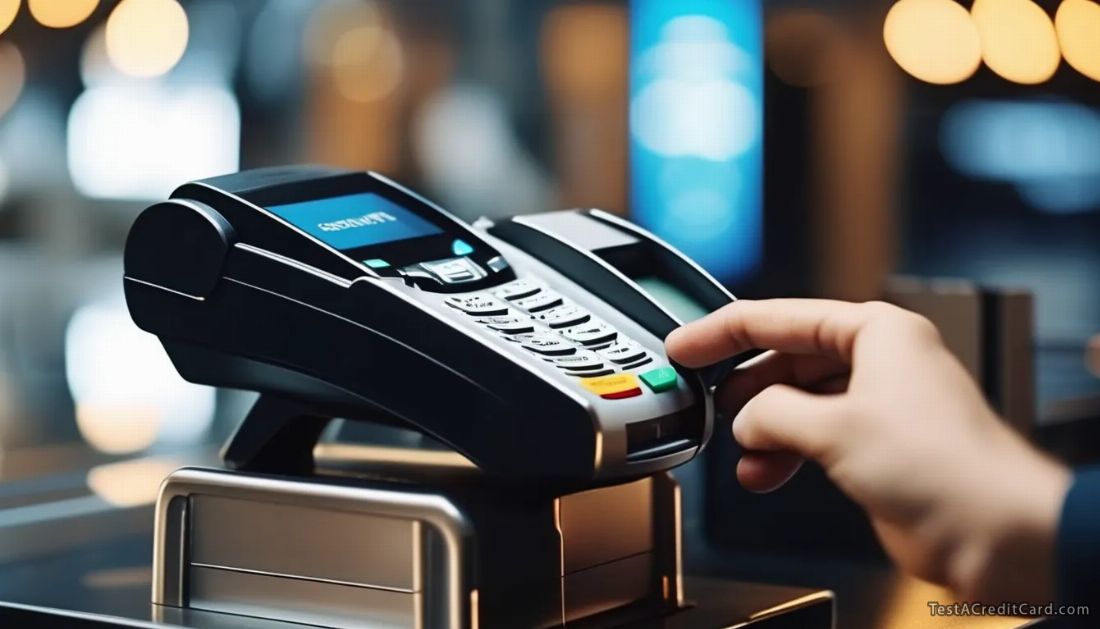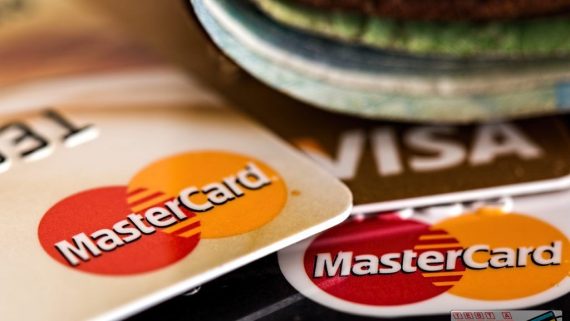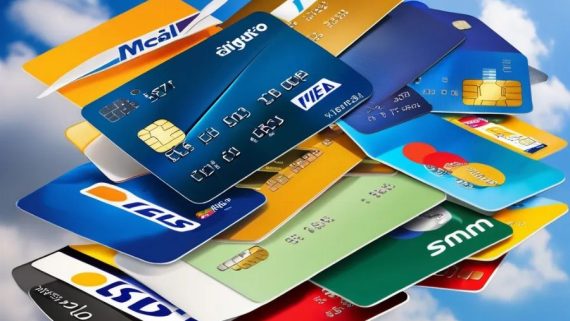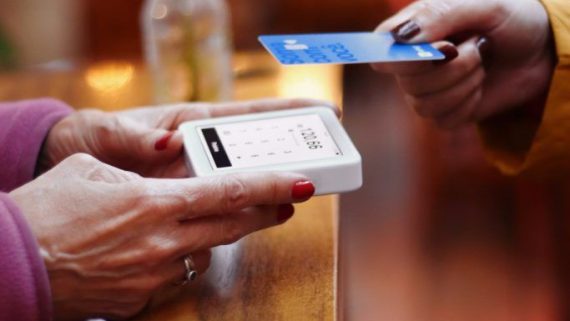Credit Card Testing Methods
The Processes Behind Credit Card Swipe and How Banks Test Consumer Security
Every time you tap, insert, or type your credit card details, an invisible war rages behind the scenes. Banks, merchants, and hackers are locked in a never-ending arms race—one where your card’s safety depends on a series of secret security tests. Some pass with flying colors. Others fail spectacularly, leaving millions exposed.
The truth? Credit card testing isn’t just about fraud prevention—it’s about trust. If these checks fail, your card becomes a hacker’s payday. So how exactly do banks and payment networks stress-test their defenses? And why do some breaches still slip through?
The Silent Guardians: How Credit Card Tests Work
 Imagine your credit card as a digital fortress. Every transaction triggers a series of security checkpoints, each designed to stop fraud before it happens. Some are obvious, like the CVV code on the back of your card. Others are invisible, running in milliseconds behind every purchase.
Imagine your credit card as a digital fortress. Every transaction triggers a series of security checkpoints, each designed to stop fraud before it happens. Some are obvious, like the CVV code on the back of your card. Others are invisible, running in milliseconds behind every purchase.
Take EMV chips, for example. Unlike old magnetic stripes (which store static data, easy to clone), these tiny chips generate a unique code for every transaction. If a hacker intercepts it? Useless—the code expires instantly. But here’s the catch: not all merchants use EMV. Some still rely on swipes, leaving a gaping hole for fraudsters.
Then there’s tokenization, the tech that makes Apple Pay and Google Wallet secure. Instead of sending your real card number, it creates a one-time “token.” Even if a hacker steals it, they get nothing. But guess what? Not all apps use it properly. A single weak link—like a sketchy gas station pump or a fake checkout page—can bypass all these defenses.
And let’s not forget 3D Secure, the annoying-but-necessary authentication pop-up (“Enter the code we texted you”). It’s supposed to stop online fraud, but criminals have found ways to bypass it—like phishing texts that trick you into handing over the code yourself.
The 10 Crucial Tests Your Card Goes Through (And Where They Fail)
Not all security checks are created equal. Some are ironclad. Others are shockingly easy to fool. Below is the real breakdown of how your card gets tested—and where the cracks are.
| Security Test | How It Works | Where It Fails |
|---|---|---|
| EMV Chip Check | Dynamic codes replace static magstripe data, making cloning nearly impossible. | Still not enforced at all merchants—especially in the U.S. |
| CVV Verification | Requires the 3-4 digit code on the back (or front, for Amex). | Some merchants skip it. Hackers buy CVVs in bulk on the dark web. |
| Address Verification (AVS) | Matches your billing address to the one on file. | Easy to bypass with “AVS bypass” tricks on shady sites. |
| Tokenization | Replaces card numbers with random tokens for digital payments. | Weak implementation in some apps leaves gaps. |
| 3D Secure (2FA) | Adds an extra step (text/email code) for online purchases. | Phishing scams trick users into giving up codes. |
| Fraud Algorithm Screening | AI monitors spending habits, flagging unusual transactions. | False declines frustrate users; criminals mimic normal spending. |
| PCI DSS Compliance | Ensures merchants securely handle card data. | Small businesses often cut corners due to cost. |
| Contactless Security | Encrypts NFC “tap-to-pay” transactions. | RFID skimmers can intercept signals in crowded areas. |
| Expiration Date Check | Blocks transactions if the card is expired. | Some systems ignore it—especially in recurring payments. |
| Velocity Checks | Flags too many rapid transactions (common in fraud). | Criminals space out transactions to avoid detection. |
Why Some Tests Fail
Here’s the uncomfortable truth: credit card security is a trade-off. Banks could lock things down so tight that every purchase requires a fingerprint, retina scan, and DNA test—but customers would revolt. Too many false declines? People abandon their carts. Too many authentication steps? They switch to a competitor.
That’s why some tests are deliberately weak. AVS, for example, is easy to bypass because merchants fear losing sales. EMV isn’t mandatory everywhere because small businesses complain about upgrade costs. And fraud algorithms? They’re tuned to let some fraud slip through just to avoid annoying legitimate customers.
Meanwhile, criminals adapt faster than the tests can evolve. The moment banks patch one hole, hackers find another. It’s a cat-and-mouse game where the mouse keeps winning.
So what’s the solution? A mix of tech and vigilance. Use virtual cards for online shopping. Freeze your card when not in use. And always check statements—because no system is perfect.
References and Sources
- Visa Security Blog – EMV & Tokenization Explained
Visa’s official breakdown of how EMV chips and tokenization secure transactions.
https://usa.visa.com/ - Federal Trade Commission (FTC) – Credit Card Fraud Prevention
The FTC’s guide to spotting and stopping credit card fraud.
https://www.consumer.ftc.gov/ - PCI Security Standards Council – Compliance Guidelines
The official PCI DSS requirements for merchants handling card data.
https://www.pcisecuritystandards.org/








